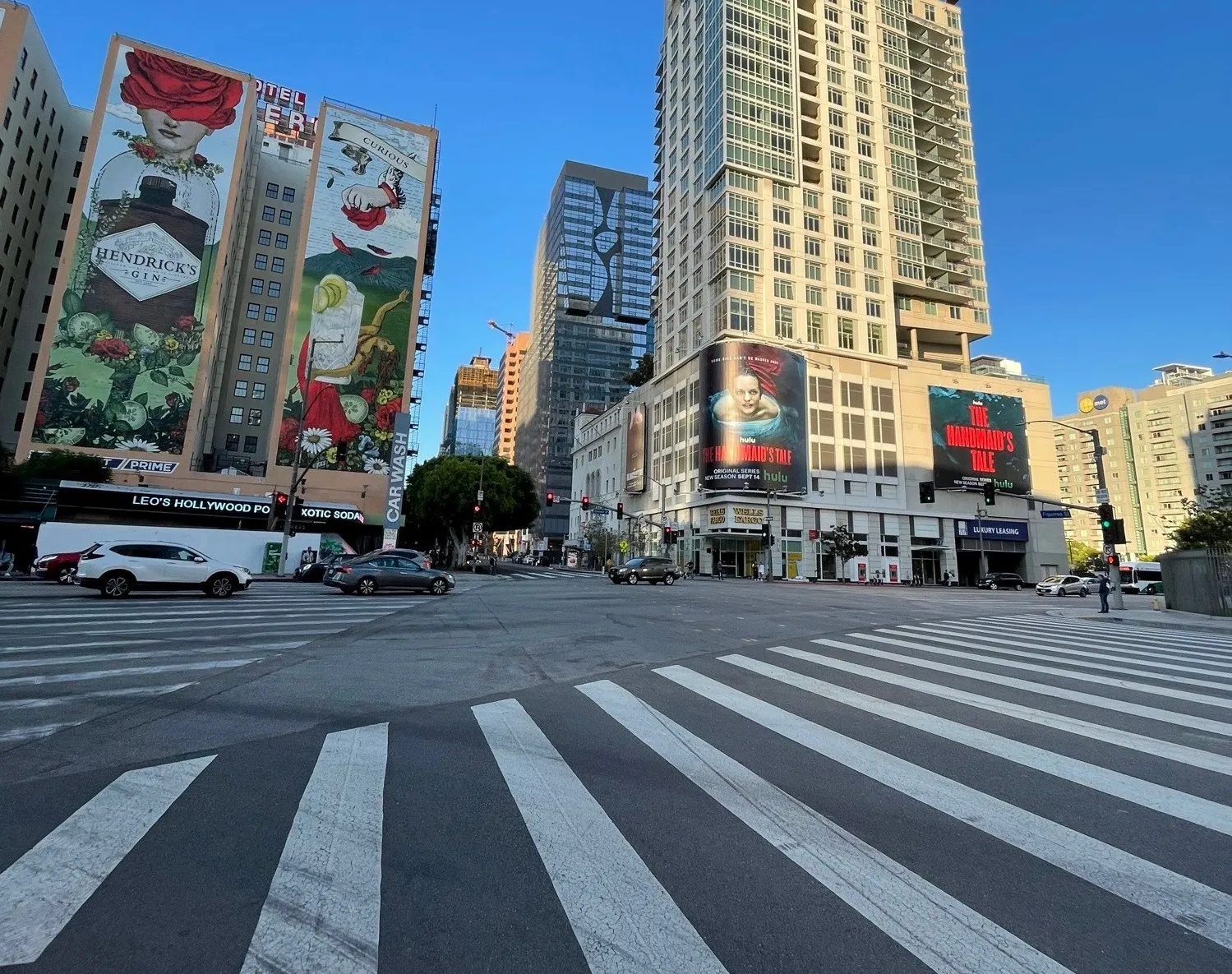
Roads in cities in the south of the US tend to have the highest speeds - and are therefore the most dangerous for vulnerable road users - according to new research from StreetLight Data.
It places Dallas, Charlotte, San Antonio, El Paso, Austin, Houston and Memphis in the bottom half of the Safe Speed Index: Ranking America’s Cities for Pedestrian Safety.
The data was released just after the Governors Highway Safety Association (GHSA) revealed - in a separate report - that drivers killed at least 7,508 people walking in the US in 2022.
This is the most pedestrian deaths since 1981 - and the numbers of fatalities have jumped 77% since 2010, compared to 25% for all other traffic-related deaths.
StreetLight measured average speeds on major roadways with heavy pedestrian activity in 30 US cities "to understand how fast vehicles are actually going and where speeds were safest to least safe for pedestrians".
In essence this focuses on arterial roadways, which make up about 15% of all roads in urban areas, but are the site of 67% of pedestrian deaths, StreetLight says.
"Broadly, major roadways (sometimes called 'stroads') see a confluence of unsafe conditions — fast-moving vehicles alongside a heavy concentration of retail and service locations and pedestrians going about their daily life," the Safe Speed Index explains.
In Phoenix, Arizona, 65% of pedestrian-heavy major roadways see average vehicle speeds above 35mph - creating an increased risk to pedestrians.
"Vehicle-centric infrastructure" goes hand-in-hand with the most dangerous speeds, StreetLight says.
In three other cities - Fort Worth, Jacksonville and Las Vegas - that number is around 50%.
Speed is among the key factors contributing to unsafe streets, with data from the AAA Foundation showing that pedestrians are five times more likely to die from crashes when cars are travelling at 40 mph, compared to when they are going at 20 mph - and twice as likely to be killed in a collision when a car is traveling at 30mph compared to 20mph.
New York City is in first place in the study for safe speed: 84% of major pedestrian roads in the Big Apple have average speeds of under 25mph, which is by far the highest percentage in the US.
Washington, DC, follows at 70%, then San Francisco (66%), Boston (61%) and Chicago (61%).
In the other 25 cities, only 26% of roadways on average have speeds under 25mph, while 33% are in what StreetLight calls the "unsafe zone", with average speeds above 35mph.










